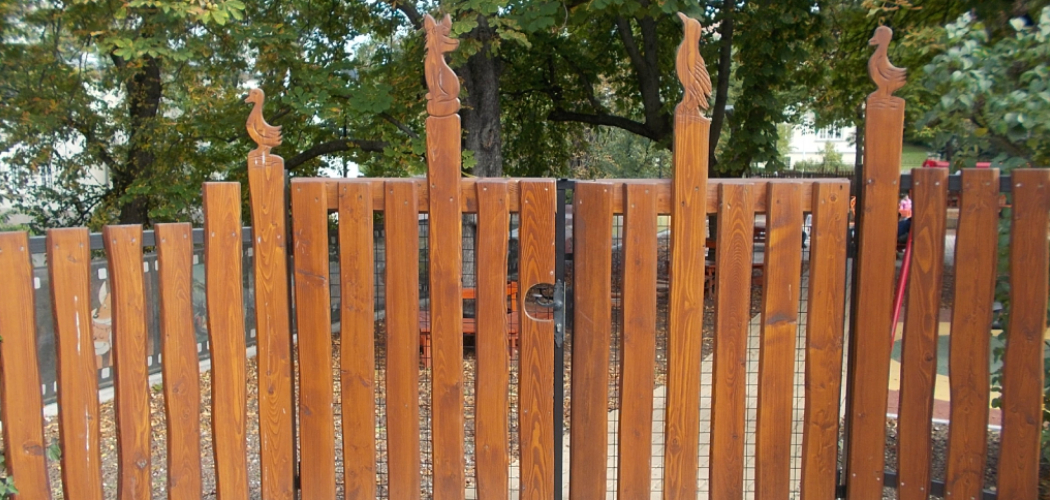Redwood is an increasingly popular material for both indoor and outdoor projects. It has a variety of uses, from furniture to decks, but it also needs special care in order to look its best. Finishing redwood properly can make all the difference between a beautiful piece of woodwork and one that looks unappealing or unfinished. Knowing to finish redwood will help ensure that your projects look great and last for years to come.
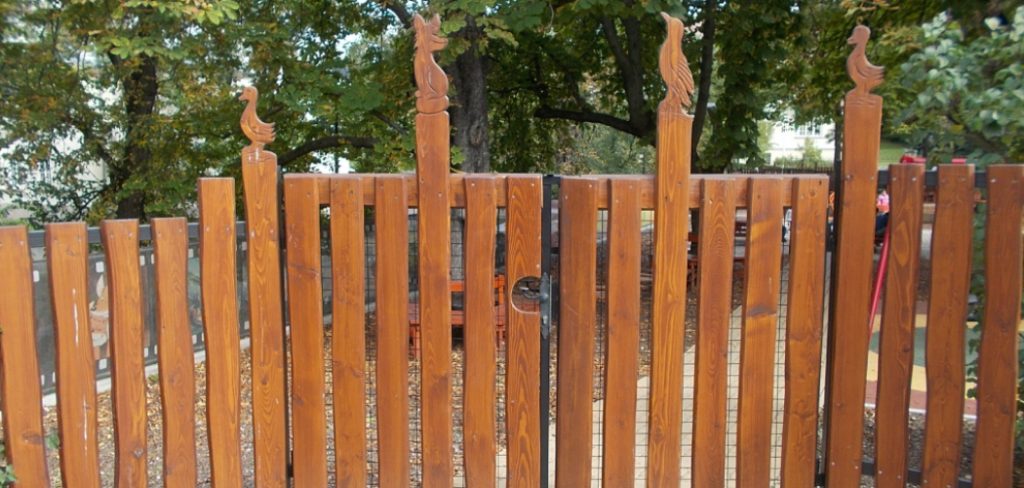
Finishing redwood is important in protecting the wood and enhancing its beauty. Redwood is a softwood that can be susceptible to damage from environmental influences such as sun and rain.
Applying a finish helps prolong the life of the wood by providing protection against these elements. In addition, finishes can provide added color and texture, so the wood looks more natural. In this blog post, You will learn in detail how to finish redwood.
Step by Step Processes for How to Finish Redwood
Step 1: Inspect the Wood
Before attempting to finish redwood, inspecting the wood for any defects or damage is important. Check for cracks, knots, gouges, and other problems that may interfere with finishing.
Step 2: Sand the Wood
Once you have inspected your wood, use a sandpaper of medium grit to smooth out all surfaces. This will ensure the finish looks even and has a smooth texture. After sanding, use a damp cloth to remove any sawdust. Be sure to wipe down both sides of the wood for optimal results.
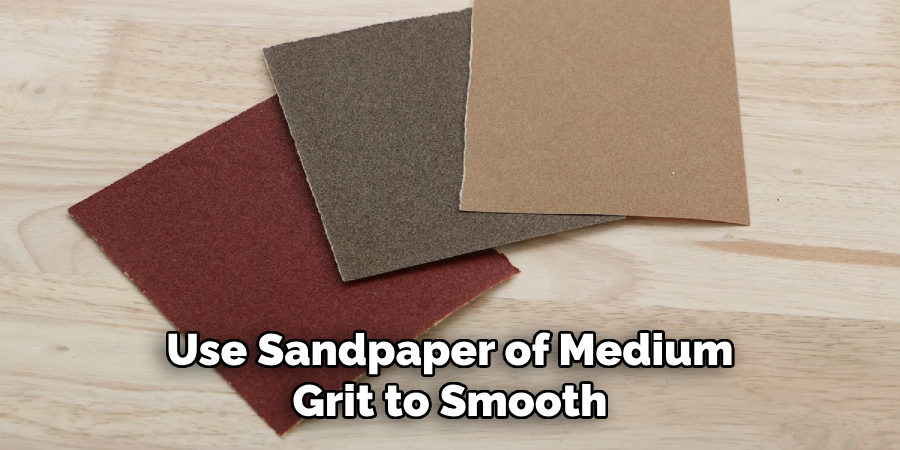
Step 3: Apply an Oil-Based Pre-Stain
An oil-based pre-stain will help the redwood accept and hold a stain better. Apply it to the wood using a brush or cloth, depending on your preference. Once the pre-stain has been applied, you can begin staining the wood. Choose an oil-based stain in whatever color you desire, and apply it to the wood using a brush.
Step 4: Allow the Stain to Dry
After staining, leave the wood for about 24 hours for the stain to dry completely. Once your stain has dried, you will need to apply a clear protective coating such as varnish or polyurethane to protect the wood from scratches and other damage.
Step 5: Sand Between Coats
After applying your first coat of protective coating, sand lightly between each additional coat with a light-grit or fine-grit sandpaper for best results. In between coats, allow the protective coating to dry for about 24 hours before applying another coat.
Step 6: Buff Out the Finish
To get a smooth finish, use a soft cloth or steel wool and buff out any areas that may be uneven. This will ensure your project looks polished and professional. Once you have followed these steps, you should have a beautiful finished redwood project.
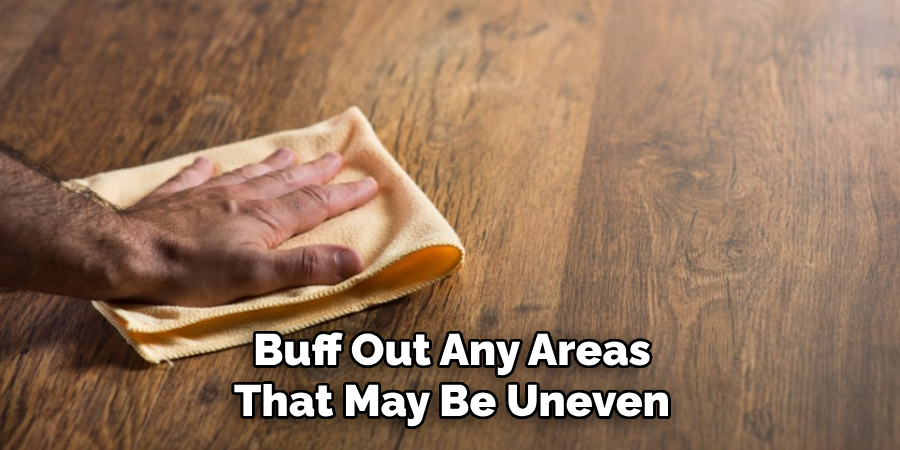
Safety Tips for How to Finish Redwood
- Always use a dust mask when sanding and finishing redwood to avoid breathing in any dangerous particles or fumes.
- Wear protective gear such as gloves, goggles, and clothing while working with redwood to protect your skin from splinters and other hazards.
- Only use products designed for outdoor finishes on redwood if it will be exposed to the elements.
- Be sure to carefully follow all directions when mixing and applying finishes and coatings.
- Clean up any spills and messes quickly with a damp cloth or paper towel to avoid staining and discoloration of the wood.
- Allow newly finished redwood time to dry completely before exposing it to moisture or rain.
- Test an area before applying a finish on the entire redwood surface to ensure you get the desired result.

These safety tips will help ensure a successful finish for your redwood project. It is important to take the time and precautions necessary to ensure that you are working safely when finishing any outdoor wood projects.
What Techniques Can You Use to Apply the Finish to a Redwood Surface?
The finish you choose for a Redwood surface will be determined by the look and protection you’re after. To make sure your Redwood looks its best, here are some tips on how to finish it properly:
- Use a brush or roller to apply an even wood sealer or primer coat. This will help protect the wood and ensure that your finish adheres properly.
- After the sealer has dried, apply a coat of water-based or oil-based paint. Oil-based paints tend to last longer but may become yellow over time. Water-based paints will give you more vibrant colors but won’t last as long.
- Once the paint is dry, you can apply a clear finish to protect the wood from scratches and moisture. You can choose from a variety of finishes, such as varnish, lacquer, or polyurethane. Each one will give you different levels of durability and shine, so be sure to select the right one for your project.
- Before applying the finish, make sure your brush or roller is clean and free of debris. If you’re using a brush, dip it into the finish and use long strokes to apply the finish evenly over the surface. For roller application, make sure to use light pressure and roll in one direction only for even coverage.
- Allow the finish to dry completely before applying a second or third coat. This will ensure that your Redwood surface is properly protected and has a consistent look.
By following these steps, you can give your Redwood surface a beautiful finish that will last many years. With the proper care and maintenance, Redwood will look great for years to come.
What Maintenance Should You Do to Keep Your Redwood Surface Looking Great?
If you want your redwood surface to look great for years to come, then you need to maintain it properly. Here are some tips on how to finish and maintain your redwood:
- Clean the surface regularly with mild detergent and warm water. This will remove dirt and debris from the surface of the wood, leaving it looking clean and smooth.
- Seal the surface with a high-quality finish. This will protect the wood from moisture, dirt, and other environmental elements that could damage the wood over time.
- Wipe down your redwood surface after each use to remove any dust or debris that may have accumulated on the surface.
- If you notice any signs of wear or discoloration, apply light sanding to the area with fine-grit sandpaper.
- Periodically inspect your redwood for any cracks or other signs of damage and address them as soon as possible by refinishing the area or making repairs if necessary.
Doing the above steps can keep your redwood surface looking great for many years. Just remember to give it regular care and attention; it will reward you with a beautiful finish that will last for a long time.
What Care and Cleaning Products Are Safe to Use on a Redwood Surface?
When it comes to taking care of a redwood surface, you have to be careful about what products you use. Redwood is a natural material and can be damaged easily by harsh chemicals or abrasive materials. Generally, the best cleaning products to use on redwood are mild soaps, waxes, and oils that won’t strip away the wood’s natural oils.
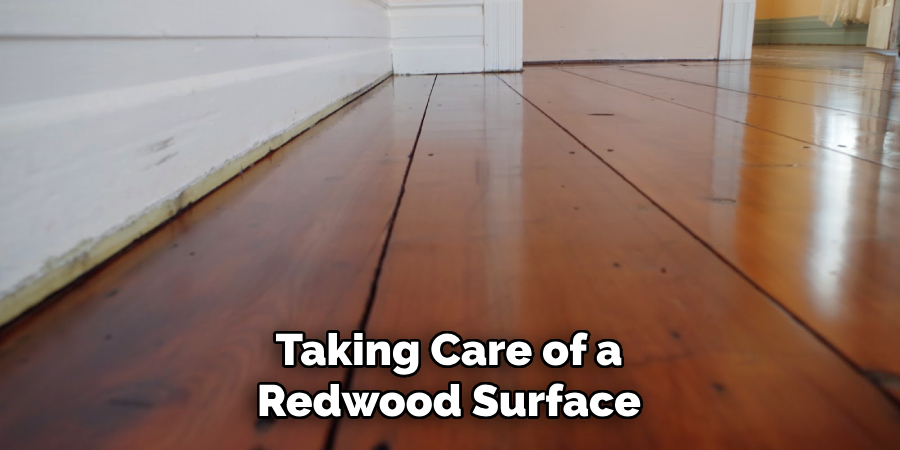
The best way to clean a redwood surface is to first dust it off using a soft, lint-free cloth such as a microfiber cloth. Then, you can use a mild soap and water solution with a damp cloth to further wipe down the surface. A mixture of half-liquid dishwashing soap and half water should work well. Be sure to rinse the surface after cleaning with a damp cloth and dry it off immediately.
Once you’ve finished cleaning, you can apply a hard wax or an oil-based finish to protect the wood from UV radiation and keep its natural color. The frequency at which you need to apply the wax or oil depends on the product, but generally, it should be done at least once a year.
Conclusion
One of the main disadvantages of finishing redwood is that it can be difficult to achieve a uniform color. Redwood tends to age differently, and depending on the environment, some areas may become darker or lighter than others areas.
Additionally, sealing and staining redwood can be tricky because the oil in the wood can cause staining problems if not properly controlled. For this reason, it is important to use compatible finishes when undertaking a project with redwood.
In conclusion, finishing redwood can be tricky, but it doesn’t have to be. You can achieve great results with less effort and time with the right woodworking techniques and materials.
You need to ensure proper surface preparation, choose the appropriate finish for your project, apply several coats of finish for maximum protection against moisture, wear, and UV rays, and lastly, be sure to give the finish time to cure fully. I hope this article has been beneficial for learning how to finish redwood. Make Sure the precautionary measures are followed chronologically.

